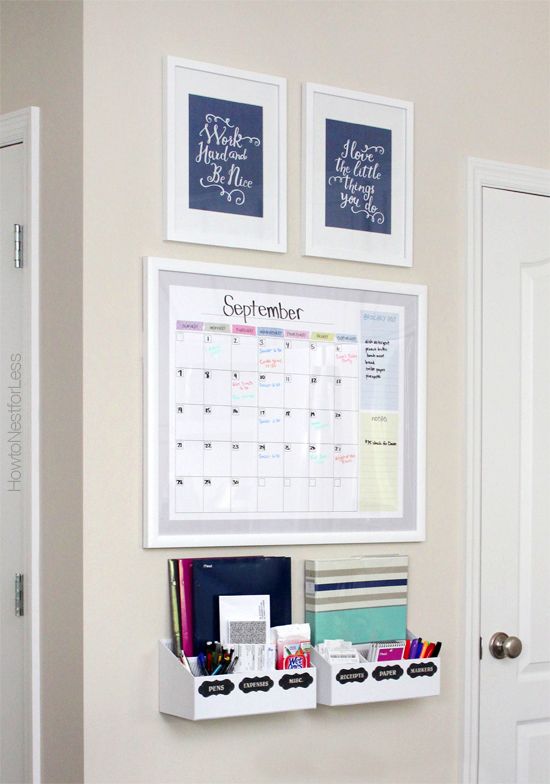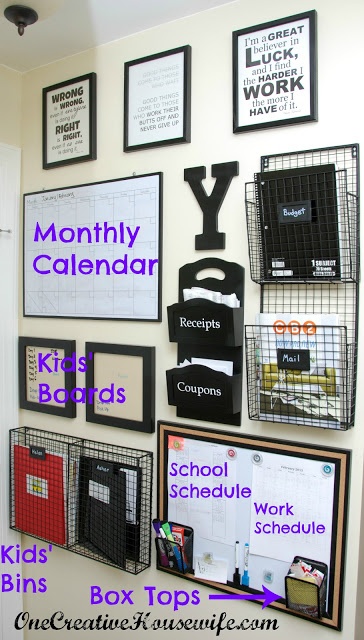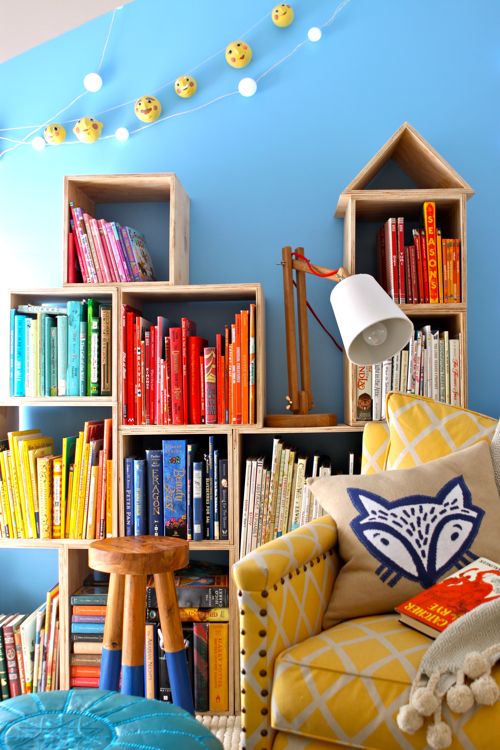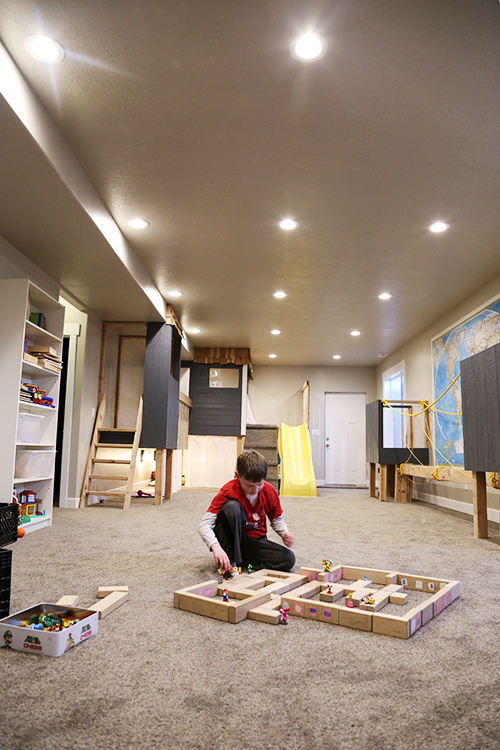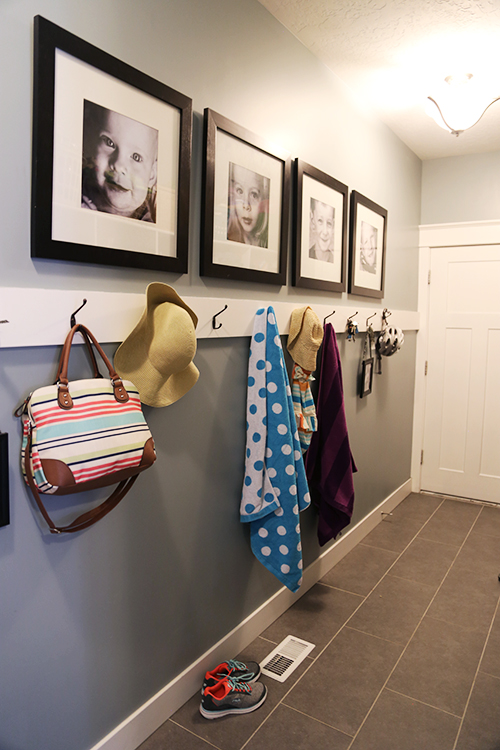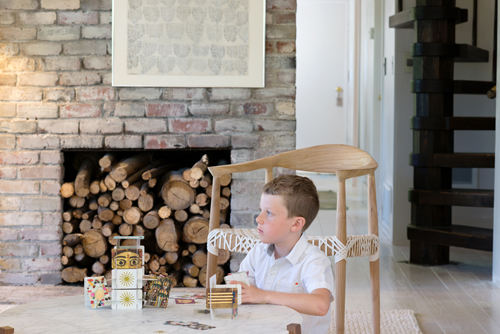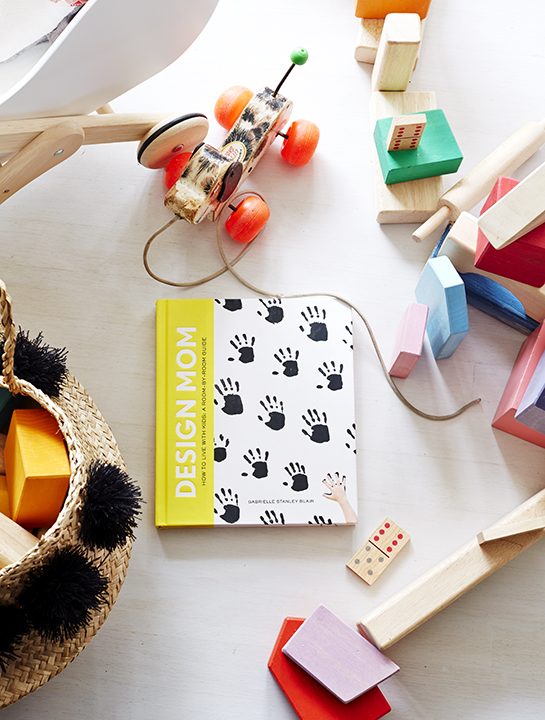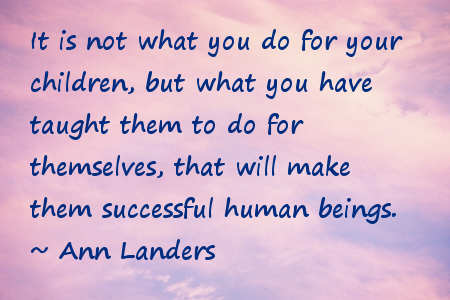Happy Friday, dear readers! As another week of summer comes to a close and we get closer to the beginning of a new school year, holidays, etc., I wanted to share a link to an amazing TED talk given by researcher, speaker and author, Brene Brown.
Brene Brown primarily focuses on human connection and all that is related to our desires for and fears of losing this connection. In particular, she studies shame and vulnerability. Shame, she says, is “the fear of disconnection.” It is our fear that if we are not _________ enough (fill in the blank…rich, skinny, smart, etc.), those that we love and care for will sever their connection with us.
Vulnerability is, “the courage to be imperfect.” Brown’s decade plus of research has discovered that individuals that have the courage to be vulnerable, that is, totally open about their imperfections, do so because despite their shortcomings, believe they’re worthy of love and belonging. It is this belief that enables them to live joyfully. Embracing our imperfections and being open about them – being totally vulnerable – is the key to authentic, “whole-hearted living” as she describes it.
This talk resonated with me on many levels, but in particular, it made me think about my parenting. I try so hard to be a perfect mom, and yet know I have many imperfections. I raise my voice sometimes, I lose my patience, I’m distracted when my kids are talking to me, etc., etc. That said, I am also honest with my kids about my shortcomings and I apologize frequently. I also still sing the Laurie Berkner song from my kids’ toddler years called, “I’m Not Perfect,” to them (which makes them cringe!). But, all of these shortcoming do not mean I’m not worthy of my kids’ love and adoration. They don’t mean I’m not a good mom or loving parent. Our shortcomings as parents don’t make us terrible people. They simply make us human and fallible, and that’s a beautiful thing.
As the school year approaches, don’t aim for perfect parenting — because quite frankly, it’s not possible. Instead, aim for greater acceptance of your vulnerabilities, aim for cultivating more patience and compassion for your vulnerabilities, and aim for gratitude for this journey of parenting that challenges us in a way nothing else ever has or ever will. Aim for loving yourself and your kids even more than you thought possible.
Here’s to a great new school year…
As promised, here’s the Brene Brown TED Talk: “The Power of Vulnerability”
~Maria
P.S. I will be OFF next week, as I’m taking my kids to “Family Camp” for one last hurrah before school starts. I’m looking forward to no work, electronics or phones! See you the following week!




